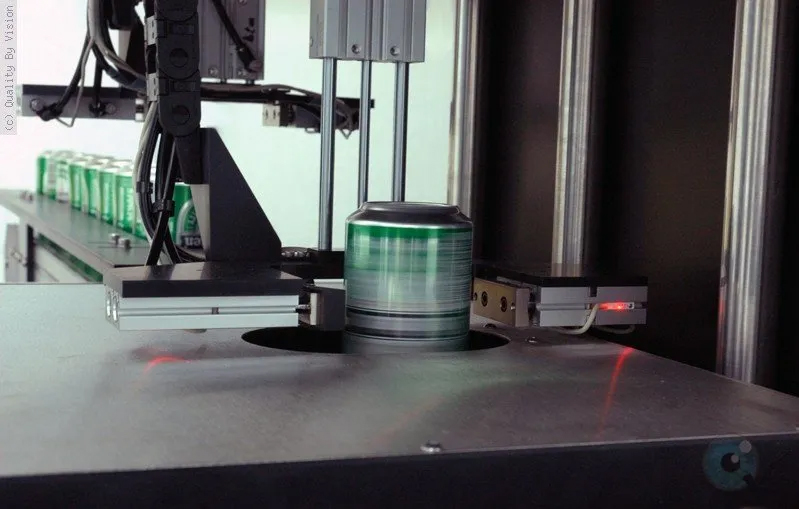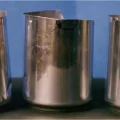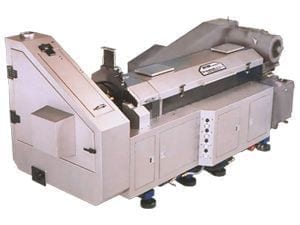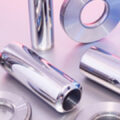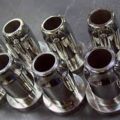Introduction
Tears are one of the most common defects found in canmaking machinery, specifically Bodymakers. The objective of this white paper is to provide a comprehensive understanding of tears, their causes and effective troubleshooting methods to minimize their occurrence and improve the overall efficiency of the canmaking machine.
What are tears?
Tears are a type of defect that occurs when a portion of the can body material is torn during the forming process. The result is an incomplete or damaged can that cannot be used for its intended purpose. Tears can be due to several factors, such as problems with the machinery, the quality of the metal or the die lubrication system.
Causes of tears
- Metal quality: Inconsistent or poor quality metal can contribute to tears. If the metal is too thin, too hard or has surface defects, it may not form properly and may cause a tear.
- Matrix lubrication: Insufficient or excessive lubrication may cause tears. Proper lubrication is crucial to ensure smooth metal flow during the forming process.
- Draw press problems: Problems with the drawing press, such as misaligned or worn dies, can cause startups.
- Bodymaker settings: Incorrect bodymaker settings, such as improper piston pressure or die clearances, can cause tears.
- Mechanical failures: Wear and tear of machine components such as bearings, gears and springs can lead to mechanical failures causing tears.
Troubleshooting tear problems
In order to effectively solve bodymaker tears, a systematic troubleshooting procedure must be followed:
- Collect baseline data: Establish the acceptable level of tears and collect data showing an increase in the tear rate. Identify if the increased level of tearing is only evident when using a particular supplier’s coil.
- Identify affected machinery: Determine which bodymaker or cup press is experiencing startups.
- Examine defective cans: Analyze tears to determine their type and location. Note the position of the defect in relation to the height of the can, the identification mark on the bottom and the direction of metal rolling.
- Investigate possible causes: Based on the analysis of the defective cans, investigate possible causes of the tears, such as metal quality, die lubrication, drawing press problems, bodymaker settings or mechanical failures.
- Apply corrective actions: Address the identified causes by adjusting the bodymaker configuration, replacing worn components, improving metal quality or optimizing die lubrication.
- Monitor progress: Continually monitor the tear rate to ensure that the corrective actions implemented are effective in reducing the number of tears.
Conclusion
Tears are a common defect in bodymakers that can significantly affect the efficiency and quality of can production. By understanding the potential causes of tears and following a systematic troubleshooting procedure, it is possible to minimize their occurrence and improve overall machine performance. Regular maintenance, proper lubrication and attention to metal quality are crucial to prevent tears and ensure the production of high quality cans.

